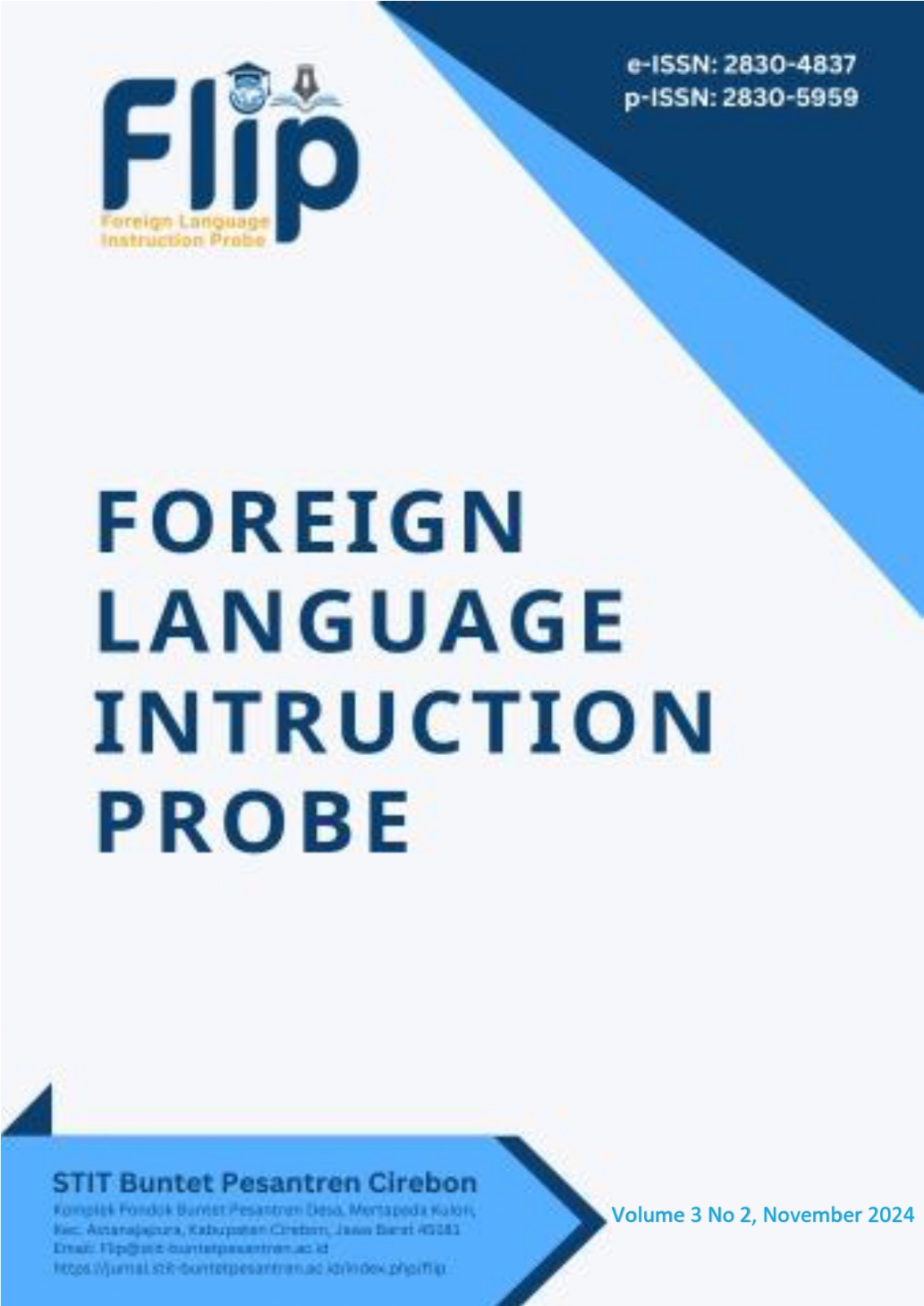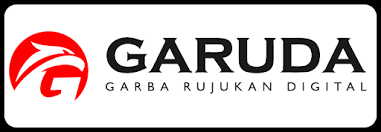Exploring Wordwall Media for Teaching English to Gen Z Students: Challenges and Strategies for Teacher
Abstract
This research aims to find out the Wordwall is implemented as interactive media for teaching English to Gen Z students,To find out the challenges faced by English teacher and students when using Wordwall as learning media in class, and to find out the strategies by an English teacher use when teaching Gen Z students with wordwall media. The population of this research is an English Teacher and students of 11 F9 class of a Senior High School in SMA Negeri 1 Lemahabang. This research uses a case study as a research design that involves an English teacher of a Senior High School who has been using “Wordwall media” in teaching English and using a qualitative technique. This research use interviews and documentation as the instruments to collect the data and use reduction, display, and verification data in analyzing data. The results of this research found that wordwall is used by the teacher to teach hortatory exposition text material. As an interactive media for teaching English to Gen Z students, Wordwall has three following characteristics; (1). Wordwall has more than one media convergence (2). Wordwall is interactive (3). Wordwall makes students independent There were four of the challenges by English teacher faced when teaching Gen Z students with Wordwall media. (1). Related to internet connection and data plan. (2). Gen Z students have limited attention (3). Differences in students' learning style. (4). Related to time management. There also was found four of challenges by students faced when using wordwall media as learning media. (1). Limited internet access and connectivity, (2). Limitations in language use, (3). Distraction from social media, (4). Variations in learning styles. There was found Five of the strategies by English teacher used when teaching Gen Z students with Wordwall media. (1). The teacher commands hotspots between students. (2). The teacher uses collaborative learning methods. (3). The teacher uses student-centered learning. (4). The teacher gives motivation to all students in class. (5). The teacher facilitates student needs.
Downloads
Published
Issue
Section
License
CopyrightNotice
Authors who publish in this journal agree to the following terms:
In order to assure the highest standards for published articles, a peer review policy is applied. In pursuit of the compliance with academic standards, all parties involved in the publishing process (the authors, the editors, the editorial board, and the reviewers) agree to meet the responsibilities stated below in accordance with the journal publication ethics and malpractice statement.
Duties of Authors:
- The author(s) warrant that the submitted article is an original work, which has not been previously published, and that they have obtained an agreement from any co-author(s) prior to the manuscript’s submission;
- The author(s) should not submit articles describing essentially the same research to more than one journal;
- The author(s) make certain that the manuscript meets the terms of the Manuscript Submission Guideline regarding appropriate academic citation and that no copyright infringement occurs;
- The author(s) should inform the editors about any conflicts of interest and report any errors they subsequently, discover in their manuscript.
Duties of Editors and the Editorial Board:
- The editors, together with the editorial board, are responsible for deciding upon the publication or rejection of the submitted manuscripts based only on their originality, significance, and relevance to the domains of the journal;
- The editors evaluate the manuscripts compliance with academic criteria, the domains of the journal and the guidelines;
- The editors must at all times respect the confidentiality of any information pertaining to the submitted manuscripts;
- The editors assign the review of each manuscript to two reviewers chosen according to their domains of expertise. The editors must take into account any conflict of interest reported by the authors and the reviewers.
- The editors must ensure that the comments and recommendations of the reviewers are sent to the author(s) in due time and that the manuscripts are returned to the editors, who take the final decision to publish them or not.
Authors are permitted and encouraged to post online a pre-publication manuscript (but not the publisher’s final formatted PDF version of the work) in institutional repositories or on their websites prior to and during the submission process, as it can lead to productive exchanges, as well as earlier and greater citation of published work (see The Effect of Open Access). Any such posting made before acceptance and publication of the work shall be updated upon publication to include a reference to the publisher-assigned DOI (Digital Object Identifier) and a link to the online abstract for the final published work in the journal.









